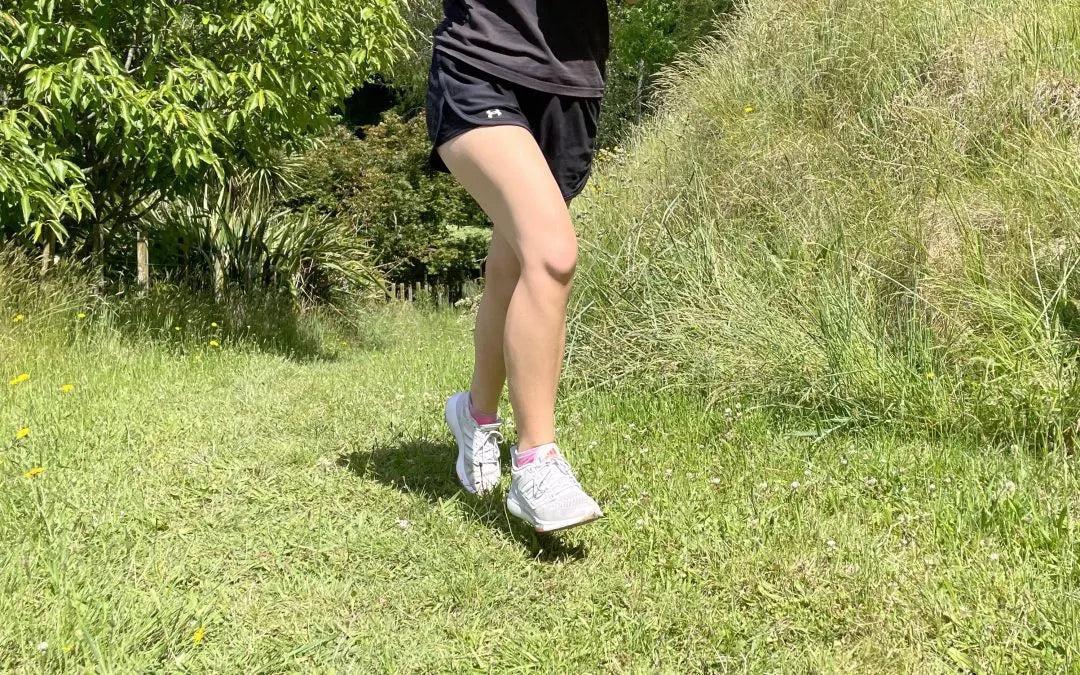
The Lifespan of Running Shoes
How Long Do Running Shoes (and Socks!) Really Last?
Running shoes are one of the most important investments a runner can make, but they don’t last forever. Even the fanciest pair, packed with cushioning and tech, will eventually lose its spring. But here’s something many runners forget: your socks have a lifespan too, and they’re just as important when it comes to comfort, performance, and even extending the life of your shoes.
So, how do you know when it’s time to retire your gear? Let’s take a look.
The Lifespan of Running Shoes
There’s no strict expiry date on your running shoes, but most will last somewhere between 500 – 800 kilometres. That range can vary depending on:
- Your build: Heavier or taller runners tend to wear through shoes a bit faster
- Where you run: Harder surfaces like pavement or trails are tougher on shoes than grass or treadmills
- How often you run: And whether you rotate between pairs
- The shoe itself: Some shoes are built for speed and lightness, others for durability
If you’re buying in-store or online, ask about the materials and construction; it’ll help you get a general idea of what kind of life you can expect from them.
Signs it’s time to replace your shoes:
- The cushioning feels flat or unresponsive
- The sole is noticeably worn in places
- You’re starting to feel unusual aches or discomfort
Yes, Your Socks Have a Lifespan Too
Just like your shoes, running socks wear out over time. A good pair of technical socks, like Wrightsocks, will typically perform well for around 350 – 500 kilometres, depending on how often you wear them and how well you care for them.
Wrightsocks are engineered with a clever double-layer system to:
- Prevent blisters by reducing friction
- Wick moisture away from your skin
- Add light cushioning and breathability
Over time, even the best socks can lose their stretch, stop wicking as effectively, or wear thin in high-friction areas. If they’re looking (or smelling) tired, it’s time to replace them.
Care tip: Wash on a gentle cycle and air dry whenever possible to keep your socks in top condition.
Good Socks Help Your Shoes Last Longer
Socks don’t just protect your feet, they also protect your shoes. Running without moisture-wicking socks means sweat gets trapped in the shoe’s inner materials. That leads to faster breakdown of the cushioning, lingering odour, and even bacteria build-up.
Choosing technical socks gives your feet and your shoes the best shot at going the distance.
Is It Time for a Gear Refresh?
If you haven’t thought much about your running gear lately, now’s a great time to take stock. Check how your shoes feel, inspect your socks, and see if you’re due for a refresh. With the colder months creeping in, it’s the perfect time to step into comfort and support that’ll go the distance.
